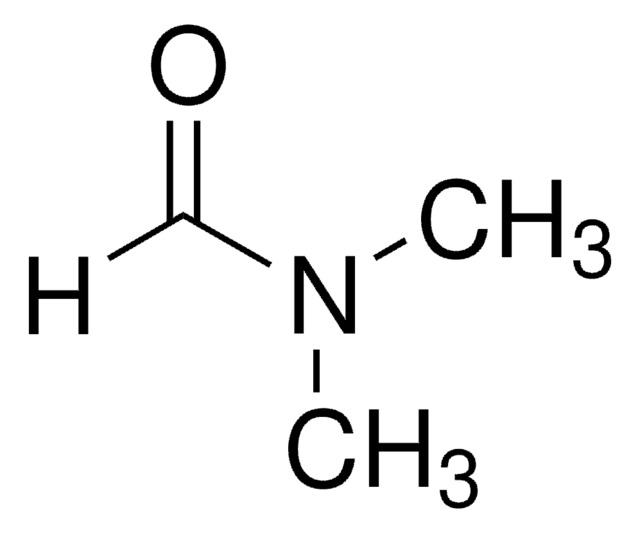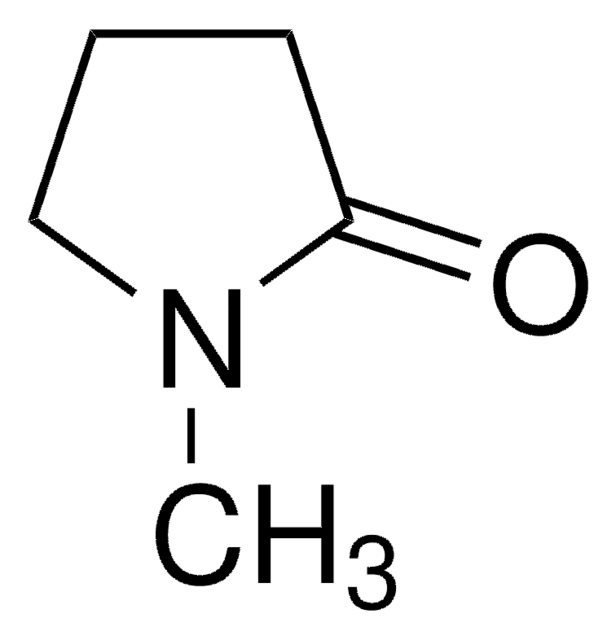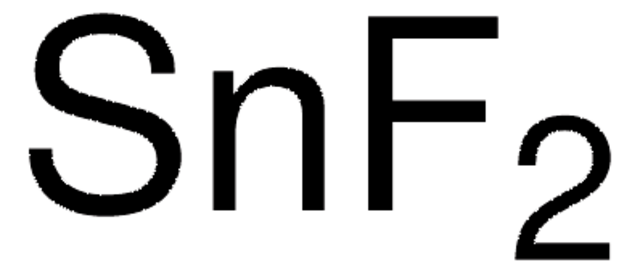409294
Tin(IV) iodide
anhydrous, powder, 99.999% trace metals basis
Synonym(s):
Stannic iodide
About This Item
Recommended Products
grade
anhydrous
Quality Level
assay
99.999% trace metals basis
form
powder
impurities
≤15.0 ppm Trace Metal Analysis
density
4.47 g/mL at 25 °C (lit.)
SMILES string
I[Sn](I)(I)I
InChI
1S/4HI.Sn/h4*1H;/q;;;;+4/p-4
InChI key
QPBYLOWPSRZOFX-UHFFFAOYSA-J
Looking for similar products? Visit Product Comparison Guide
Related Categories
Application
- Influence of pi-Iodide intermolecular interactions on electronic properties of Tin (IV) iodide semiconducting complexes: This study explores the crystal structure and electronic properties of tin(IV) iodide complexed with organic ligands (E Wlazlak et al., 2016).
- Origin of Sn (II) oxidation in tin halide perovskites: This research investigates the oxidation mechanisms of Sn(II) to Sn(IV) in tin halide perovskites and its implications on material stability (J Pascual et al., 2020).
- Fluoride chemistry in tin halide perovskites: The paper discusses the impact of fluoride addition on the coordination and oxidation states of tin centers in iodide perovskites (J Pascual et al., 2021).
- Mechanochemical synthesis of Sn (II) and Sn (IV) iodide perovskites and study of their structural, chemical, thermal, optical, and electrical properties: This work details the synthesis and characterization of pure-tin and mixed tin-lead iodide perovskites (Y El Ajjouri et al., 2020).
- Degradation mechanism of hybrid tin-based perovskite solar cells and the critical role of tin (IV) iodide: This study elucidates the degradation mechanisms of tin perovskite solar cells, highlighting the role of tin(IV) iodide in this process (L Lanzetta et al., 2021).
accessory
signalword
Danger
Hazard Classifications
Acute Tox. 4 Dermal - Acute Tox. 4 Inhalation - Acute Tox. 4 Oral - Eye Dam. 1 - Resp. Sens. 1 - Skin Corr. 1B - Skin Sens. 1
Storage Class
8A - Combustible, corrosive hazardous materials
wgk_germany
WGK 3
flash_point_f
Not applicable
flash_point_c
Not applicable
ppe
Eyeshields, Faceshields, Gloves, type P3 (EN 143) respirator cartridges
Certificates of Analysis (COA)
Search for Certificates of Analysis (COA) by entering the products Lot/Batch Number. Lot and Batch Numbers can be found on a product’s label following the words ‘Lot’ or ‘Batch’.
Already Own This Product?
Find documentation for the products that you have recently purchased in the Document Library.
Customers Also Viewed
Our team of scientists has experience in all areas of research including Life Science, Material Science, Chemical Synthesis, Chromatography, Analytical and many others.
Contact Technical Service














